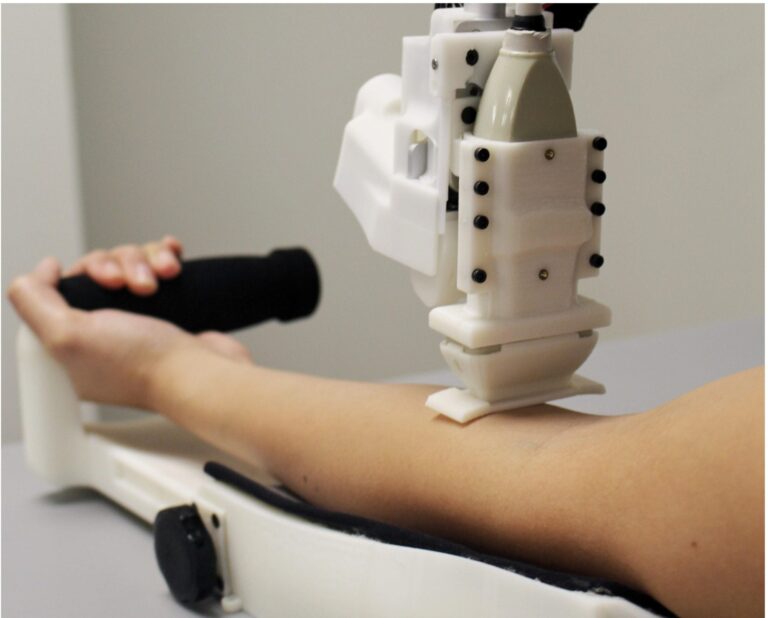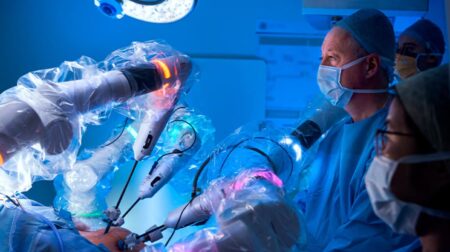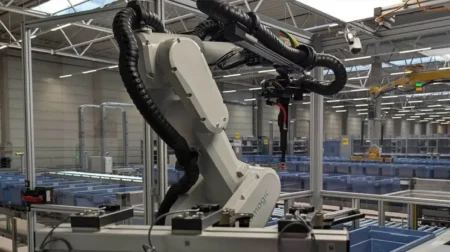A blood-sampling robot has reportedly performed as well or better than people in the first human clinical trial of an automated blood drawing and testing device.
According to the Rutgers University-led team that developed it, the device exceeded clinical standards, with an overall success rate of 87% for the 31 participants whose blood was drawn.
For the 25 people whose veins were easy to access, the success rate was 97%.
The device includes an ultrasound image-guided robot that draws blood from veins.
A fully integrated device, which includes a module that handles samples and a centrifuge-based blood analyser, could be used at bedsides and in ambulances, emergency rooms, clinics, doctors’ offices and hospitals.
Venipuncture, which involves inserting a needle into a vein to get a blood sample or perform IV therapy, is the world’s most common clinical procedure, with more than 1.4 billion performed yearly in the USA.
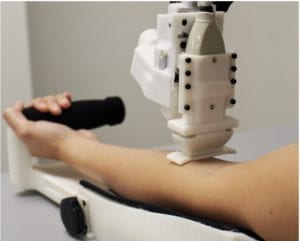
However, clinicians reportedly fail in 27% of patients without visible veins, 40% of patients without palpable veins and 60% of emaciated patients, according to previous studies.
Repeated failures to start an IV line boost the likelihood of phlebitis, thrombosis and infections, and may require targeting large veins in the body or arteries – at much greater cost and risk.
As a result, venipuncture is among the leading causes of injury to patients and clinicians. Moreover, a hard time accessing veins can increase procedure time by up to an hour, requires more staff and costs more than US$4bn a year in the USA, according to estimates shared by Rutgers.
“A device like ours could help clinicians get blood samples quickly, safely and reliably, preventing unnecessary complications and pain in patients from multiple needle insertion attempts,” said lead author Josh Leipheimer, a biomedical engineering doctoral student in the Yarmush lab in the biomedical engineering department in the School of Engineering at Rutgers University.
In the future, the device could be used in such procedures as IV catheterisation, central venous access, dialysis and placing arterial lines.
Next steps include refining the device to improve success rates in patients with difficult veins to access.
Data from this study will be used to enhance artificial intelligence in the robot to improve its performance.
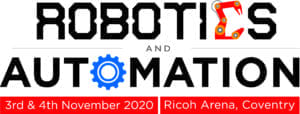 Want to learn more about how the latest robotic and automated systems are transforming healthcare and medical science? Robotics and Automation – the UK’s largest dedicated robotics and automation exhibition – takes place on the 3rd and 4th November 2020 at the Ricoh Arena, Coventry. Register your interest now at www.roboticsandautomation.co.uk
Want to learn more about how the latest robotic and automated systems are transforming healthcare and medical science? Robotics and Automation – the UK’s largest dedicated robotics and automation exhibition – takes place on the 3rd and 4th November 2020 at the Ricoh Arena, Coventry. Register your interest now at www.roboticsandautomation.co.uk

